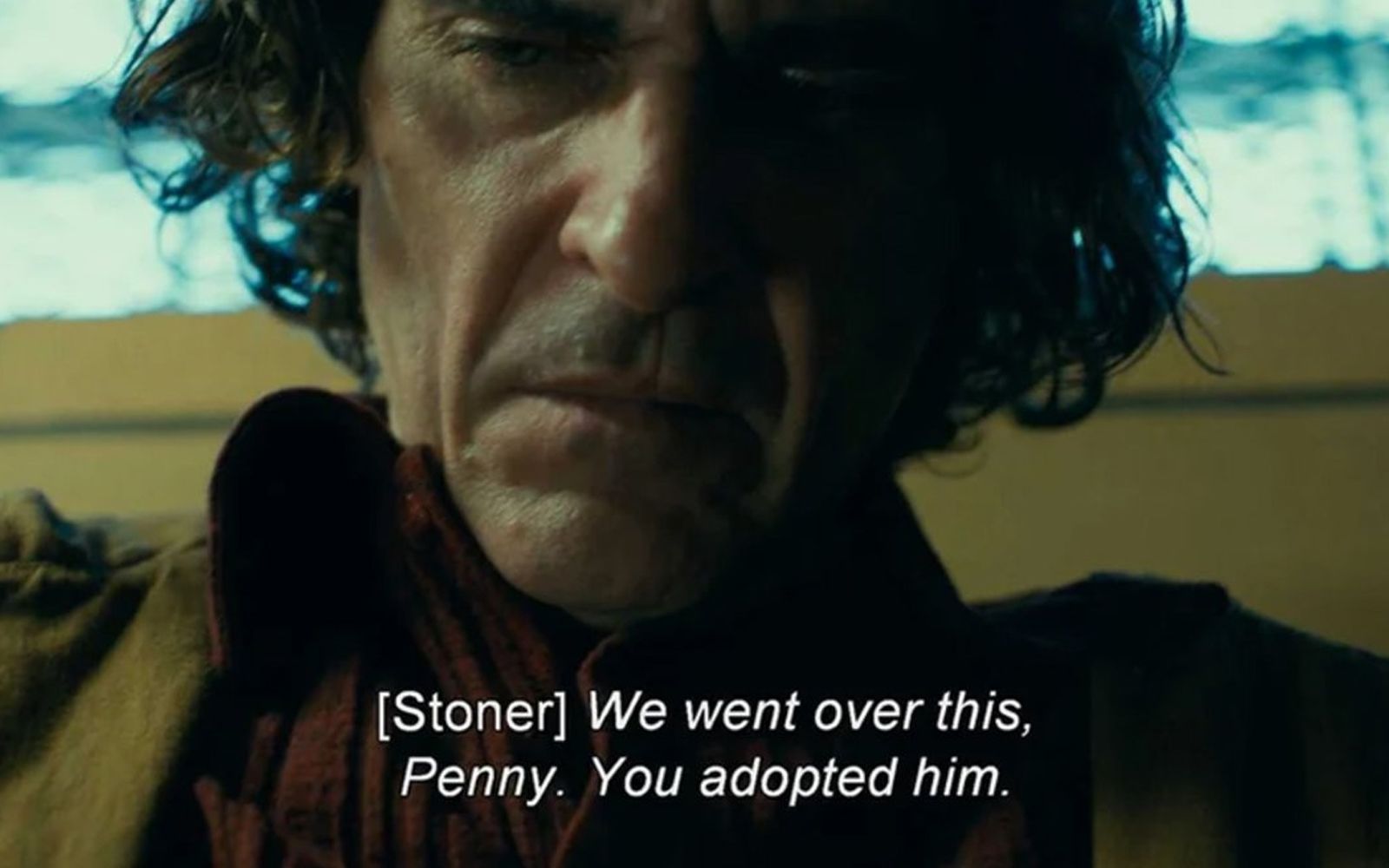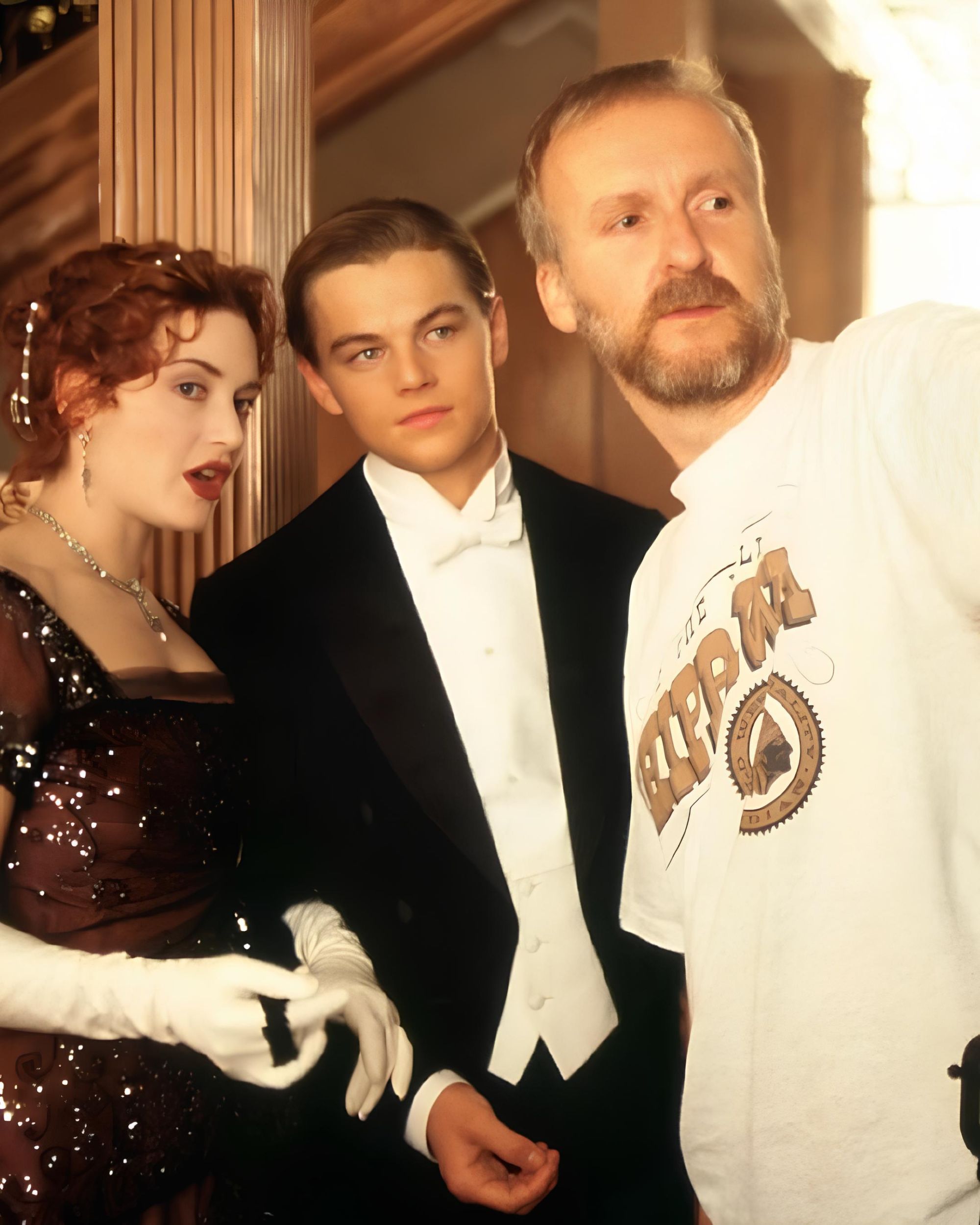
Subtitles are increasingly used by young people Not only because original language enjoyment is appreciated, but also because it is changing the way people watch videos online
A survey by Preply, a U.S.-based foreign language education company, found that 70 percent of respondents aged 18 to 25 and 53 percent of 25- to 41-year-olds watch most online video content with subtitles enabled. The survey shows that many people use them in the same language in which the movie is played. Among younger people, in particular, watching videos of all kinds online has become part of everyday life, and many can not imagine watching a movie or series any other way. As a result, companies like YouTube and TikTok have invested in developing new tools to make captioning audio easier and faster; the same is true of the new smartphones from Apple and Google. Before the proliferation of Netflix, Prime Video, or Disney+, people who wanted to watch a movie or series on TV in the original language without waiting for the long lead times of dubbing and broadcasting had few options. Even videos on YouTube, Vine, or Facebook very rarely had audio transcription, although often requests from deaf users. With the rise of streaming platforms, users' relationship with subtitles has changed very quickly. This is an ongoing trend not only in the United States, and one that has to do with new habits of Internet video content consumption by younger viewers.
having subtitles on for everything anyway >>>
— Netflix Geeked (@NetflixGeeked) April 6, 2022
One viewer in his 20s told the Telegraph that boys and girls of his generation turn on subtitles even when they do not need to, because then «they can look up from the screen and read what's being said in advance to understand the scene quickly, and then come back and look at their phones again». Although this practice may seem strange, he added that «everyone does it, but that's not the only reason: for example, it's common to watch clips without sound in transportation or public without having headphones with you. «We are living in the golden age of video without sound», says a 2017 New York Times article titled «Silent cinema is back - on social media». When cinema emerged about a century ago, the absence of sound was a forced choice, dictated by technical limitations that were remedied within a few decades. Today, however, the absence of sound is because movies are often watched in a hurry, perhaps in the middle of a crowded place or while doing something else. «It is striking that with all the advances in technology that allow us to shoot and share video instantly we have returned to one of the original instincts of cinema», wrote journalist Amanda Hess, where for various reasons-economic and temporal-they preferred to "show" a particular (often ironic) scene rather than tell a story. These are all characteristics, if you notice, that can be found today in the reels or tik toks that populate the feeds of the two major social networks.
The main purpose of video subtitles. #Netflix pic.twitter.com/7HIixf9uXf
— Meme Center (@MemeCenter) May 21, 2018
The renewed craze for subtitles is intertwined with the preferences of many Gen Z members in other ways as well. The spread of digital platforms (and the use of smartphones more generally), has reportedly made it difficult for many people-especially among younger people-to focus on one thing. The same issue came up in an interview the Wall Street Journal did with a 23-year-old student: «In class, when they play videos that don't have subtitles, I have to pay a lot of attention», and this can be such an effort for so many users that they may prefer not to watch a clip if it doesn't have subtitles on. But there is also a desire to follow the most popular series of recent years in the original language, even in markets such as the Anglo-Saxon market-where foreign productions historically have a small niche of fans. This can be seen in the cases of Narcos and The House of Paper, enjoyed in Spanish, or Squid Game in Korean. In most Western countries, then, the most watched entertainment products are still in English, but even those who speak and understand it well in many cases find subtitles useful: the actors in some of the most beloved contemporary titles, Game of Thrones and Peaky Blinders among them, deliberately emphasize their accents so strongly that even native speakers find them difficult to understand. Added to this is the fact that more and more actors, as The Guardian also reports, to interpret their lines realistically tend to almost mumble them, moderating their voices in a way that makes it difficult to follow what they are saying.
In Italy, dubbing is used more than in other countries: it is a historical and cultural legacy that is not so appreciated by young audiences, and it is a time-consuming and costly operation to complete. Making subtitles available, on the other hand, has several positive implications: among other things, it responds first of all to the needs of deaf people (who have been cut off for decades) to enjoy them, and according to several studies, it favors the literacy process of the youngest children. At the same time, however, the amount of content now requiring translation and subtitling is already bringing the sector close to saturation. In an environment where there is a tendency to make titles accessible immediately and worldwide, thus already available in as many languages as possible, subtitle translation companies (almost always outside the platforms) within a short time have found themselves having to work faster-which can also lead to a deterioration in the quality of transcripts. Given the public's increasing attention to this aspect, audiovisual translations, as Vulture wrote, have become «a minefield of logistical challenges and cultural sensitivities», and in the future, there are those who speculate that the streaming industry may decide to internalize content translation altogether.















































